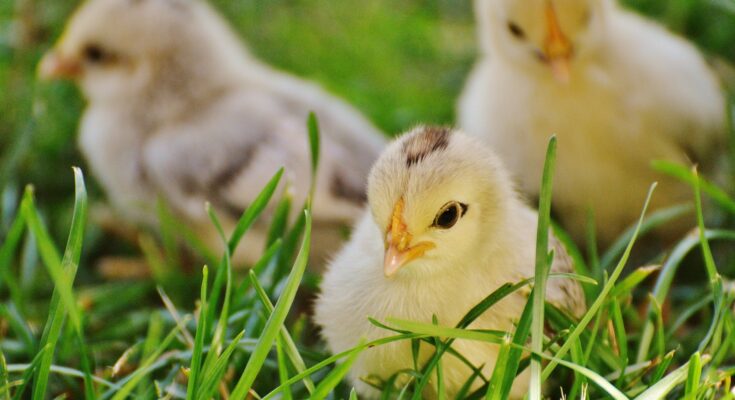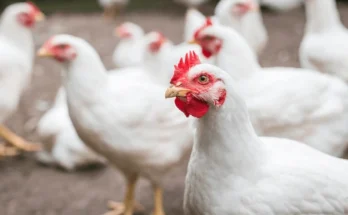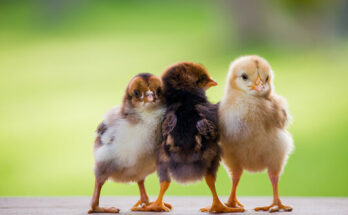The Complete Guide to a Chicken’s Lifespan
The life span of a chicken varies depending on several factors such as breed, living conditions, and overall health. In general, chickens live for about 5 to 10 years, but this can vary widely. Understanding the factors that affect a chicken’s life span can help poultry owners provide better care and ensure their birds live long, healthy lives. In this blog post, we will explore the different aspects that contribute to a chicken’s life span and provide insights into how to promote longevity in these popular backyard birds.
The Natural Lifespan of Chickens
Chickens, like all living creatures, have a natural lifespan determined by various factors. Understanding these factors can help provide the best care for their well-being and longevity.
Factors Affecting Lifespan
The lifespan of chickens can be influenced by multiple factors such as genetics, diet, living conditions, and overall healthcare. Genetics play a significant role, as certain breeds are naturally predisposed to longer or shorter lifespans. Additionally, providing a balanced diet, maintaining a clean and stress-free environment, and ensuring proper veterinary care can all contribute to a chicken’s lifespan.
Average Lifespan of Different Chicken Breeds
The average lifespan of chickens varies among different breeds. Generally, heritage and traditional breeds tend to live longer than hybrid or commercial breeds. For example, heritage breeds like the Rhode Island Red and Sussex chickens can live up to 8-10 years, while commercial egg-laying breeds such as the Leghorn have a shorter lifespan of around 5-7 years. It’s important for chicken owners to be aware of the typical lifespan of their specific breed in order to provide appropriate care throughout the bird’s life.
 Photo by ArtHouse Studio
Photo by ArtHouse Studio
Stages of a Chicken’s Life
Chick Stage
Photo by Pixabay 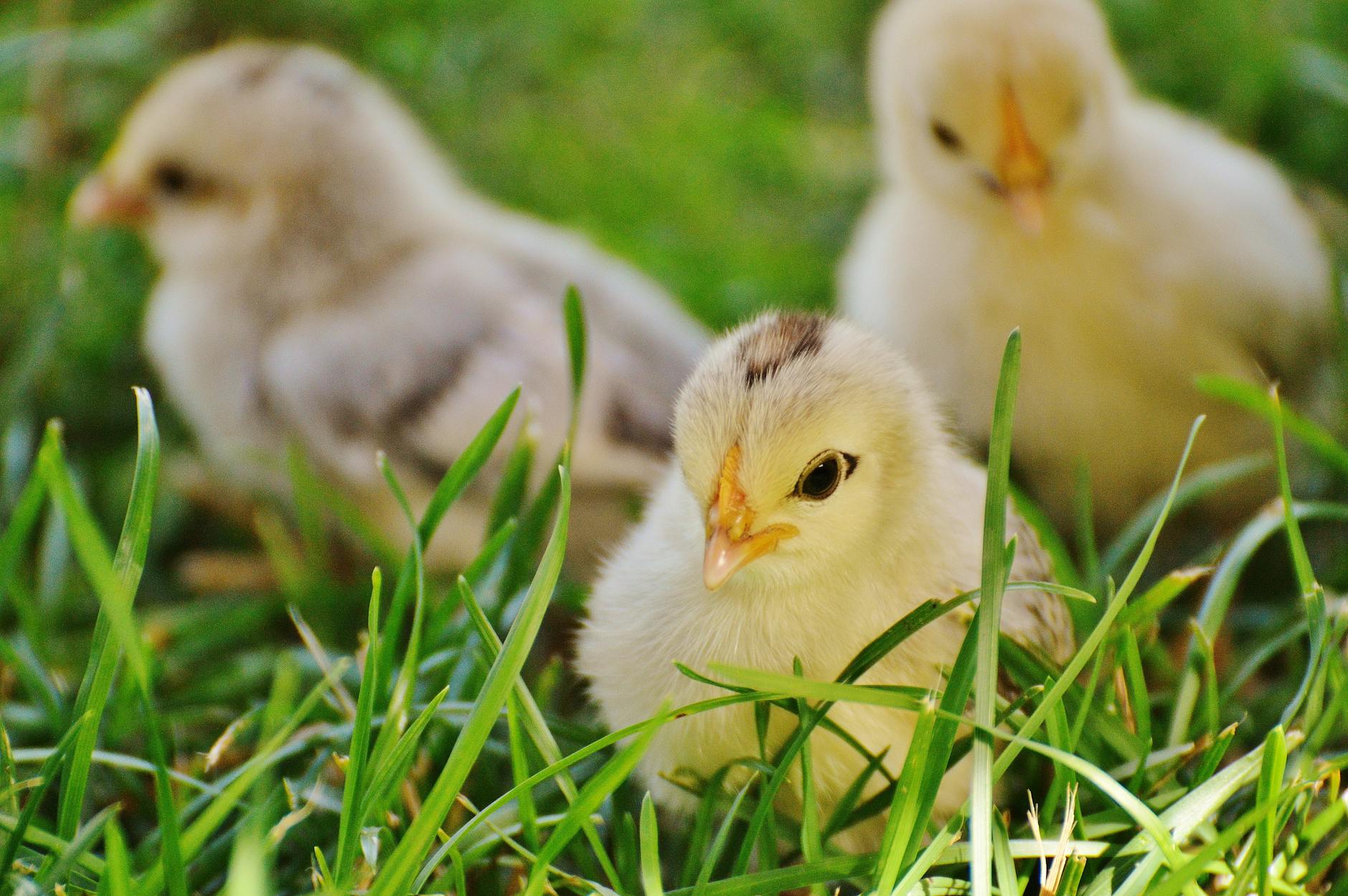
The chick stage is the beginning of a chicken’s life span. It starts as a fragile, fluffy creature that needs warmth, protection, and care. During this period, the chicks are highly dependent on their mothers for food and safety. They spend most of their time pecking, exploring, and resting under a heat source.
Pullets and Cockerels
As the chicks mature, they enter the pullet and cockerel stage. Pullets are young female chickens, and cockerels are young males. This stage is characterized by rapid growth and the development of feathers. Pullets begin to establish their social hierarchy, while cockerels demonstrate their territorial behavior and attempt to establish dominance.
Mature Hens and Roosters
Photo by Alex Rusin 
The final stage of a chicken’s life is when they reach maturity. Hens are now capable of laying eggs, and their nurturing instincts become more prominent. Roosters develop into protective and dominant figures within the flock, guarding the hens and asserting their authority. This stage marks the peak of their reproductive capabilities and the establishment of their role within the flock.
Environmental and Husbandry Factors
It’s important to consider the impact of environmental and husbandry factors on a chicken’s lifespan. Factors such as diet and nutrition, housing and space requirements, as well as health and veterinary care play a crucial role in ensuring the well-being and longevity of chickens.
Impact of Diet and Nutrition
The diet and nutrition of chickens significantly influence their overall health and lifespan. A well-balanced diet that includes essential nutrients such as protein, vitamins, and minerals is vital for maintaining healthy chickens. Additionally, access to clean water at all times is crucial for hydration and digestion. By providing high-quality feed and proper nutrition, chicken owners can support the overall well-being and longevity of their flock. A strong diet is essential throughout the entirety of a chicken’s lifespan, not just their early stages.
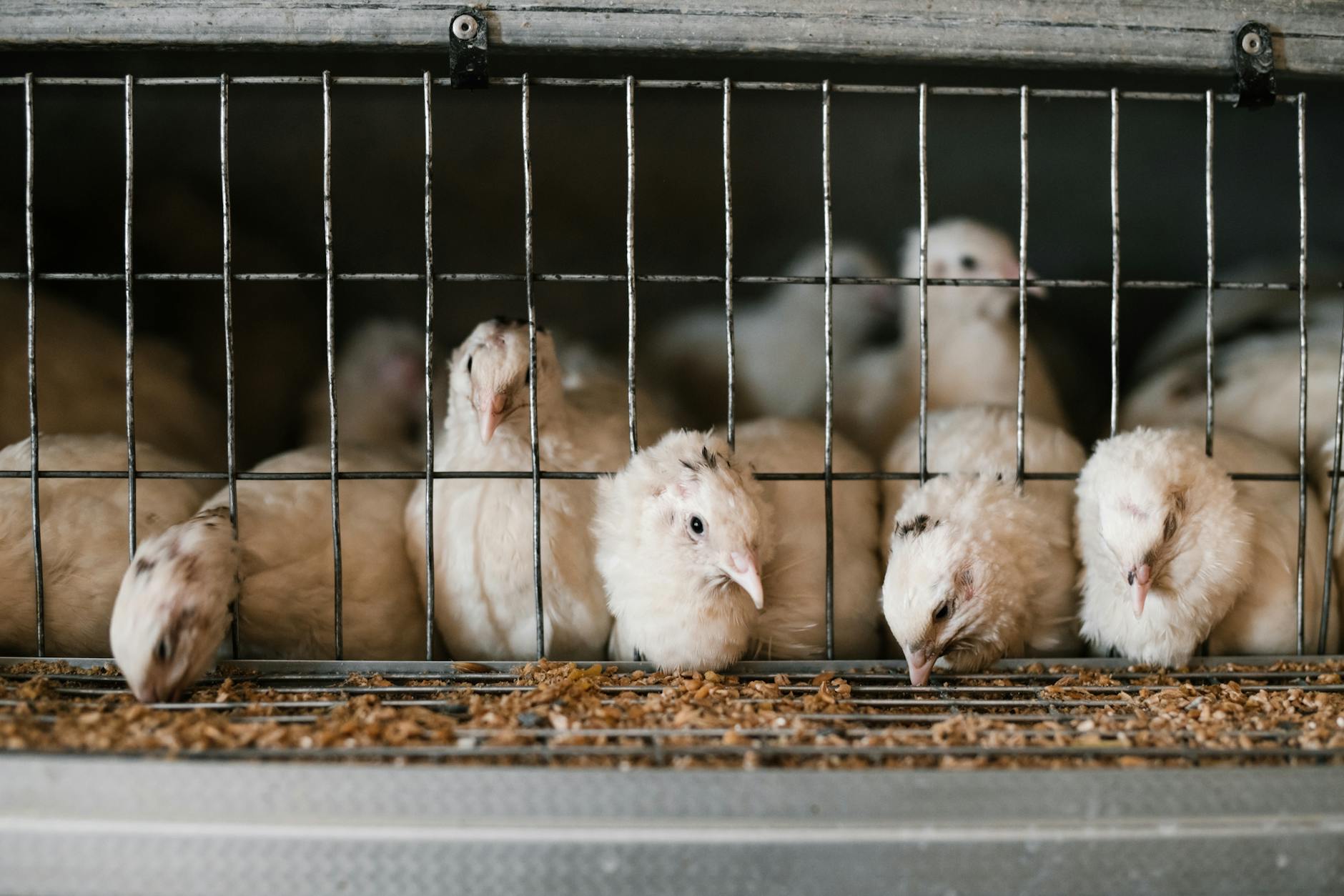 Photo by ArtHouse Studio
Photo by ArtHouse Studio
Housing and Space Requirements
Proper housing and sufficient space are essential for ensuring the well-being and longevity of chickens. Adequate shelter protects chickens from predators, adverse weather conditions, and stress. Additionally, providing enough space within the coop or run allows chickens to engage in natural behaviors such as scratching, pecking, and dust bathing. This contributes to their overall mental and physical well-being, ultimately impacting their lifespan positively.
Signs of Aging in Chickens
As chickens age, they undergo a series of physical and behavioral changes that can indicate their advancing years. Understanding these signs is crucial for providing appropriate care and support for aging chickens.
Physical Changes
The physical changes in aging chickens are often noticeable. They may experience a decrease in feather quality, with feathers becoming dull and ragged. Additionally, their comb and wattles may lose their vibrant color and appear paler. Older chickens might also develop age-related conditions such as arthritis, which can affect their mobility and cause them to move more slowly.
Behavioral Changes
Behavioral changes in aging chickens can manifest in various ways. They may become less active and spend more time resting. Furthermore, older chickens might exhibit reduced levels of vocalization (squawking) and interaction with other flock members. Their foraging behavior may also diminish, and they may show less interest in exploring their surroundings. Understanding these behavioral changes is essential for providing appropriate care and ensuring the well-being of aging chickens, and intervening to protect them.
Caring for Aging Chickens
As chickens age, they require special attention and care to ensure their quality of life. From dietary adjustments to healthcare considerations, providing for aging chickens involves a combination of compassion and practicality. Here are some key aspects to consider when caring for aging chickens:

As Chickens Enter “Old Age”
As chickens grow older, they may slow down drastically and suffer from conditions, such as arthritis or other joint related problems. Providing comfortable and accessible living spaces is crucial in accommodating their changing needs. Consider adjusting coop layouts to minimize the need for climbing or jumping. Soft bedding and gentle ramps can help chickens navigate their environment with greater ease, reducing stress on their aging bodies. Something as simple as coop adjustment can expand upon a chicken’s lifespan, and keep them stronger for longer.
Healthcare and Comfort Measures
Regular health checks and prompt intervention are essential for maintaining an aging chicken’s well-being. Keep a close eye on their physical condition and behavior, seeking veterinary care if any concerns arise. Additionally, providing ample shade, protection from extreme weather, and cozy resting areas contributes to their overall comfort and contentment.
Understanding and addressing the unique requirements of aging chickens is an important part of responsible poultry care. By prioritizing their well-being through tailored dietary plans, accessible accommodations, and attentive healthcare, chicken owners can ensure that their feathered companions enjoy a comfortable and fulfilling life as they age.
Conclusion
In conclusion, understanding the life span of a chicken is essential for both poultry farmers and those interested in raising backyard chickens. Knowing that the average gauge of a chicken’s lifespan is around 5 to 10 years can help individuals make informed decisions regarding the care and management of their flocks. By providing proper nutrition, housing, and veterinary care, chicken owners can ensure that their birds live healthy and fulfilling lives, ultimately contributing to the sustainability of their flocks and the well-being of the poultry industry as a whole. Check this amazing guide on the strangest and more unusual chicken breeds you can find!
